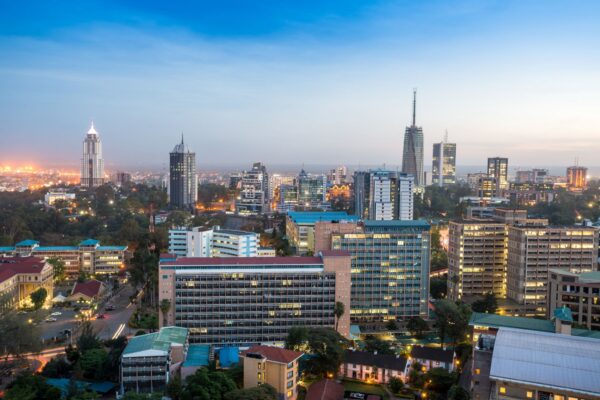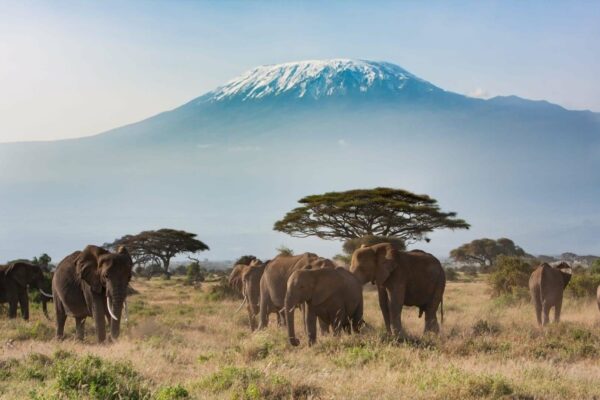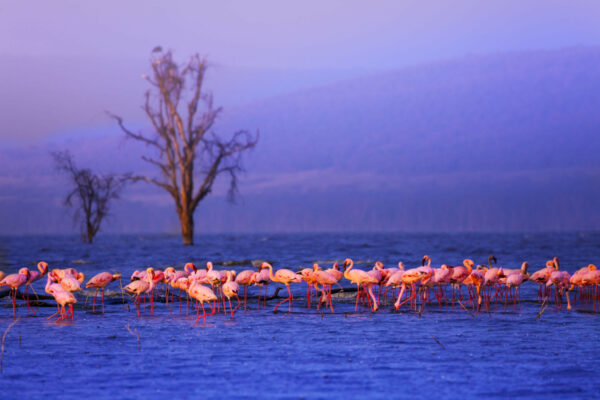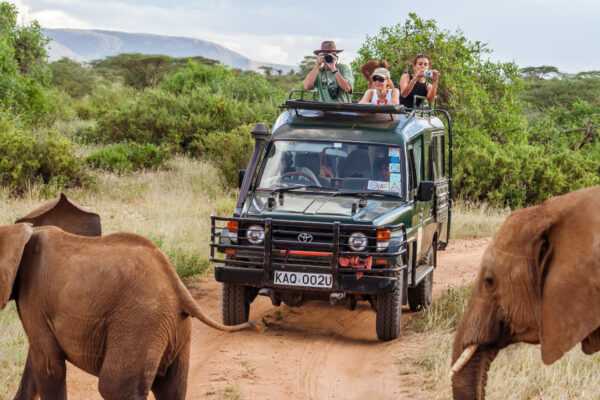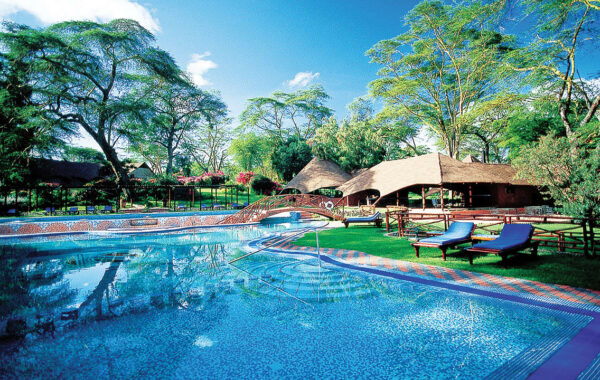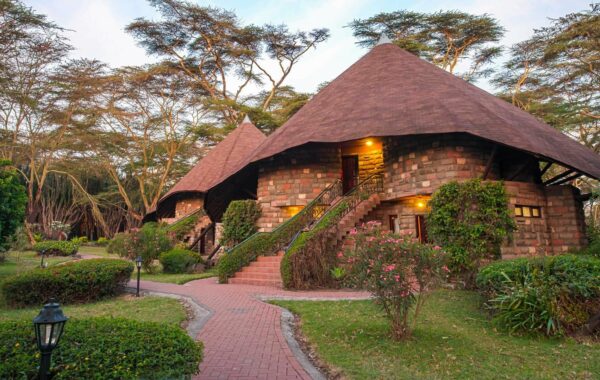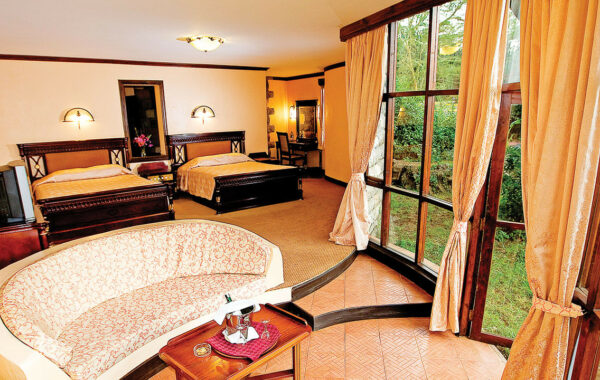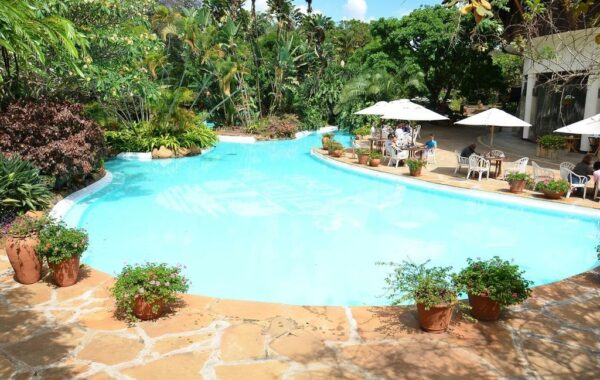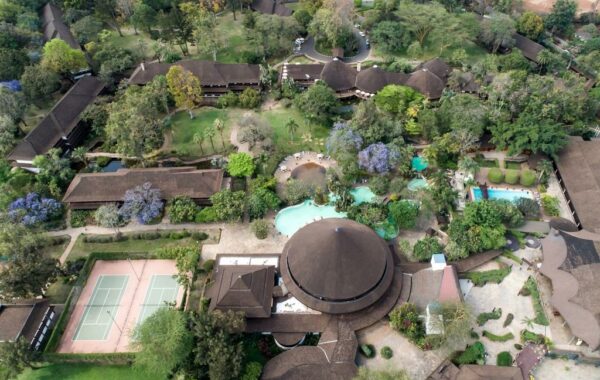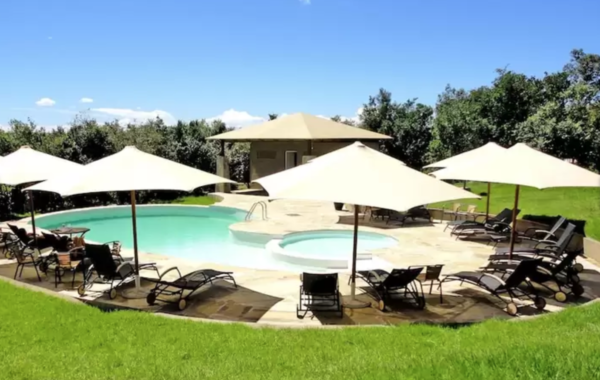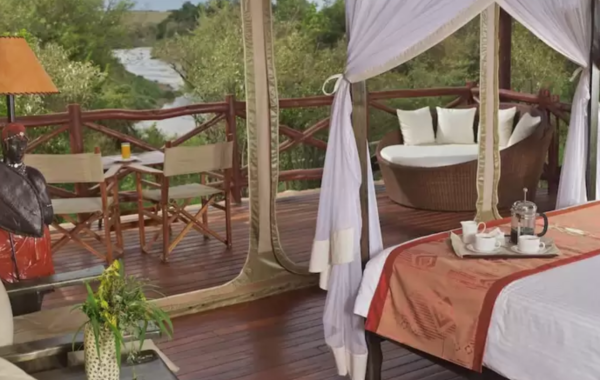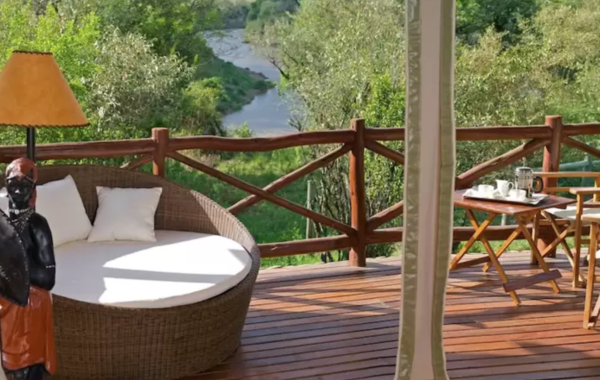Amboseli, Masai Mara and Lake Naivasha itinerary
See the Kenya safari highlights in 8 days
This, one of the classic Kenya safari itineraries, covers three of the major bases in just eight days of non-stop action.
Fly into Nairobi and explore the city’s food and music scene, before travelling to Amboseli National Park on the border with Tanzania. Framed with views of Mount Kilimanjaro, Amboseli is a great place to spot lions, cheetahs, giraffes and many more. Make sure to visit Observation Hill for sweeping views over the entire park.
Next, travel to Lake Naivasha in the Great Rift Valley, where you can look for hippos, waterbuck and leopards. Many migratory birds come to the Lake’s waters to drink, so make sure you have a birdwatching guide to learn about them.
From here, travel to the world-famous Masai Mara, home to 95 species of mammal and more than 500 types of bird. This is prime Big Five territory, so make as many trips into the Reserve as you can. Head back to Nairobi for your departure.
Key information
| Destinations | Masai Mara National Reserve, Nairobi, The Great Rift Valley, Amboseli National Park |
|---|---|
| Activity | Safari, Family, Nature & Wildlife |
| Physical Level | Easy |
| January - December |
Suggested itinerary

Visit Nairobi’s vibrant communities
Day 1 in Nairobi
Most visitors to Kenya simply fly in and out of capital Nairobi – which is a huge mistake. Yes, it might be a concrete jungle when compared with the rest of Kenya’s natural landscapes, but vibrant Nairobi is a centre of art, music and cultural heritage. Take some time to explore the city’s music and food scene and you won’t be disappointed.
Don't miss
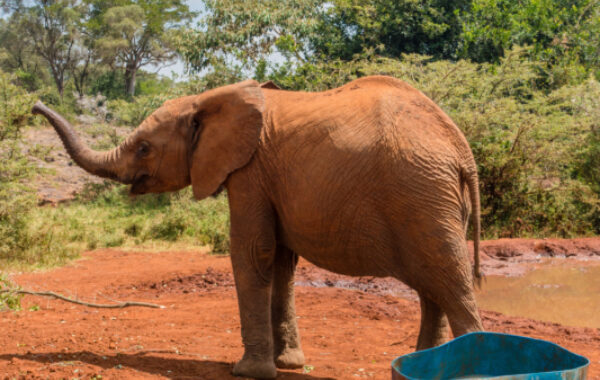
Feed a baby elephant at a Nairobi sanctuary
Many trips to Kenya start and finish in its largest city and capital, Nairobi. For a shot of cuteness, visit one of its wildlife sanctuaries to see baby elephants — many of which are orphaned due to poachers — feeding and playing happily in the mud.

Get close to elephants in Amboseli National Park
Day 2–3 in Amboseli National Park
Sprawling across the Kenyan-Tanzanian border, the greater Amboseli ecosystem is one of East Africa's preeminent wildlife viewing regions and Amboseli National Park is the postcard park of Kenya.
This is where those photographs of herds of elephants with a backdrop of the (fast melting!) glaciers of Mt Kilimanjaro are taken. The elephants and the scenery are the real highlights of this park, but plenty of other wildlife is attracted to the swamps and marshy pools in what is an otherwise very dry part of Kenya.
Another big reason to visit Amboseli is the chance to see conservation in action in the conservancies and other environmental and community projects surrounding the park.

Traverse the Great Rift Valley
Day 4–5 in The Great Rift Valley
The Great Rift Valley stretches across Africa from Mozambique into Lebanon in the Middle East. Dissecting Kenya in two, it’s a great place to see several lakes supporting more than 500 bird species and crocodiles.
Don't miss
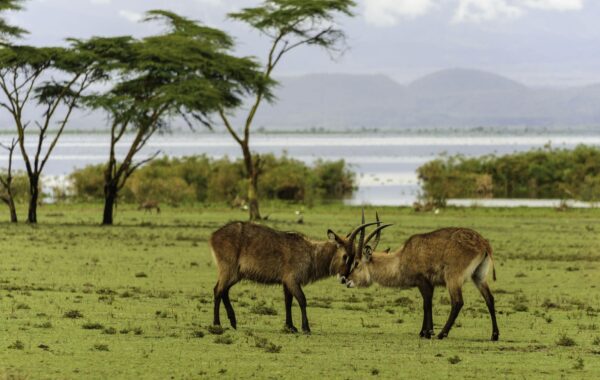
Walk with wildlife on Crescent Island
The private sanctuary of Crescent Island in Lake Naivasha is a great place to take a walking safari among giraffe, zebra, impala and even the occasional leopard. Take a guide for a tour lasting a couple of hours.
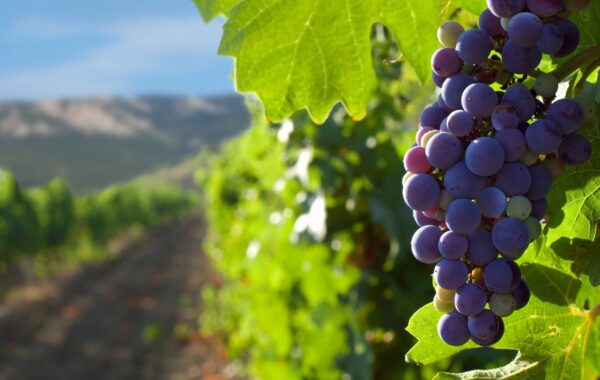
Wine tasting in Naivasha
Sample some of East-Africa’s fastest-growing wines with a tasting tour at the Leleshwa vineyard. The winery, best known for its light, summery sauvignon blanc, is based in Naivasha, 47 miles north of Nairobi in the heart of the Rift Valley.
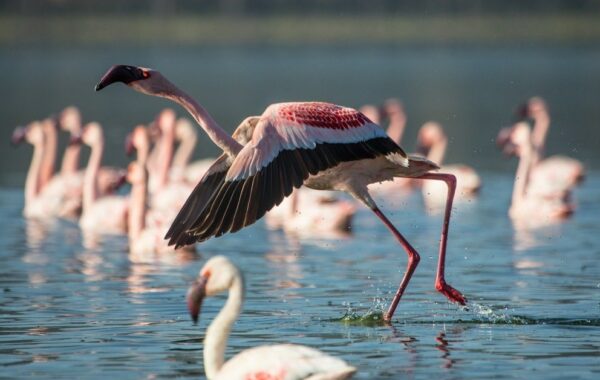
Lake Nakuru safari
Go on a Rift Valley safari at one of Kenya’s smallest but best-kept reserves. The park is home to a diverse range of wildlife including the rare Rothschild giraffe, endangered rhinos and, when conditions are right, the amazing spectacle of hundreds of thousands of pink flamingoes feeding at Lake Nakuru, the park’s focal point.

Big five safaris in the Maasai Mara
Day 6–7 in Masai Mara National Reserve
The king of Kenya safari, the sweeping grass plains of the Mara (as it’s usually referred to) are home to the densest concentration of large mammals on the planet. This is the place to see large prides of black-manned lions, bellowing elephants, grumpy buffalo and a pick ‘n’ mix box of antelope and gazelles. And that’s before we even touch on the smaller creatures and huge array of birds.
But, above and beyond all else, the Mara is renowned for the spectacular wildebeest migration. From about June to early-October each year, around two million wildebeest and other herbivores leave Tanzania’s Serengeti and splash across the crocodile infested waters of the Mara River in search of fresh, rain-fed grass in the Masai Mara. It’s a spectacular phenomenon and a classic safari experience.
In high seasons (July-September and the Christmas period) there can be hundreds of safari vehicles in the park at any one time, and park rules about approaching animals and sticking to the roads are sometimes ignored by less scrupulous guides (this is a particular problem with super-low budget safaris operating out of Nairobi). I once interviewed a biologist who told me she’d seen about 70 vehicles crowding around one cheetah!
But the Mara is a big place. If you stay in the more remote corners and move your focus away from chasing the big cats and elephants, you can still find tranquillity even in high season.
The other way to avoid the crowds is by visiting in mid-season. Personally I love June when everything is fresh and green after the rains, the wildebeest are starting to arrive but not the tourists, and temperatures are cool and pleasant. There can also be some spectacular thunderstorms at this time. And if the focus of your interest is birdwatching, then the rainy seasons of November and April-May are excellent.
My biggest Mara tip: look beyond the reserve itself. Nowadays the Mara is almost completely surrounded by a series of community-run wildlife conservancies. Offering almost complete exclusivity, if you can afford the often high prices then these are by far the best areas to stay. These conservancies have vastly expanded the amount of land under some kind of protection and they’ve brought real benefits to both wildlife and local communities as well as one of the worlds finest safari experiences for visitors. I can highly recommend Mara North, Naboisho, Nashulai Maasai Conservancy and Ol Dereski, though you’ll likely have an amazing time in any of them.
Don't miss
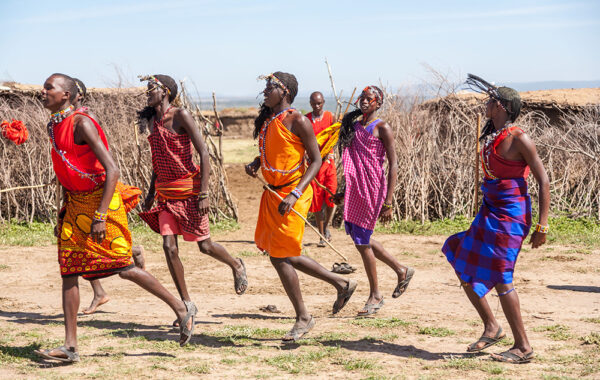
Take a cultural tour with the Masai or Meru peoples
Immerse yourself in local culture with a visit to a traditional village, witnessing daily life and learning more about the lives and history of these semi-nomadic people.
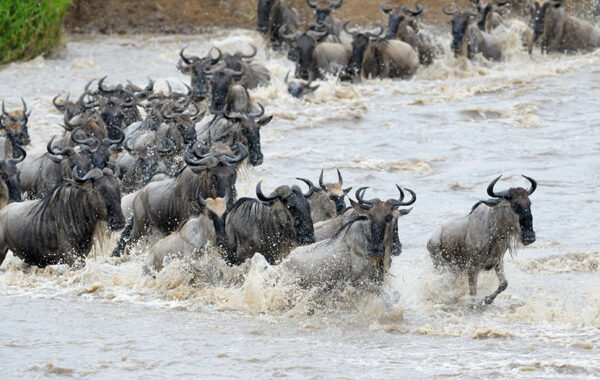
See the famed Mara River crossing
Head to the Kenyan side of the Mara River between July and August to witness the great migration’s premier spectacle – the crossing of the Mara River. All it takes is one wildebeest taking the plunge to spark a frenzy – but beware of the lurking crocodiles.

Return to Nairobi and depart
Day 8 in Nairobi
Enjoy an early breakfast at the camp, checkout and conduct a game drive en-route with an optional opportunity to visit a village of the Maasai people to witness the singing and dancing that is part of their daily lives and sacred rituals.
Transfer to Nairobi in the afternoon, for your onward flight.
Where to stay
Classic
Lake Naivasha Sopa Resort
Located next to the freshwater Lake Naivasha in the Great Rift Valley, Lake Naivasha Sopa Resort is surrounded by 150 acres of expansive grassland which is home to a variety of wildlife, including resident giraffes, colobus monkeys, hippos and waterbuck. Artistically designed, the 21 cottages snake their way between the trees, while guests can enjoy the two outdoor swimming pools, bar, snack kitchen, pizzeria, health spa, tennis court and stables.
Superior
Safari Park Hotel
Safari Park Hotel, Nairobi's famous resort and Africa's largest and most exciting conference destination An oasis of tranquillity in the heard of Nairobi, the Safari Park Hotel blends stylish elegant African architecture with supremely luxurious accommodation; sparkling water gardens with an inland beach and beautifully landscaped gardens, with a wide choice of international restaurants.
Superior
Ashnil Mara Camp
Ashnil Mara Camp comprises 56 luxurious tents set overlooking the picturesque vast of Mara. Ashnil Mara Camp lies inside the renowned Masai Mara Game Reserve, along the confluence of the Mara Olkeju Rivers. It comprises of luxurious tents overlooking the picturesque vasts of Mara plains famous for the wildebeest migration feted as the seventh wonders of the word. Com catch the migration amid a raw blend of luxury and the wild.
Other itineraries you might like
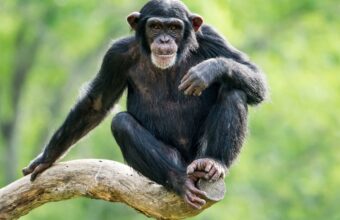
Western Uganda
Mountain gorillas and beyond
Approx. 10 days
Eastern Uganda
Nomads, Nile and natural pools
Approx. 7 days

